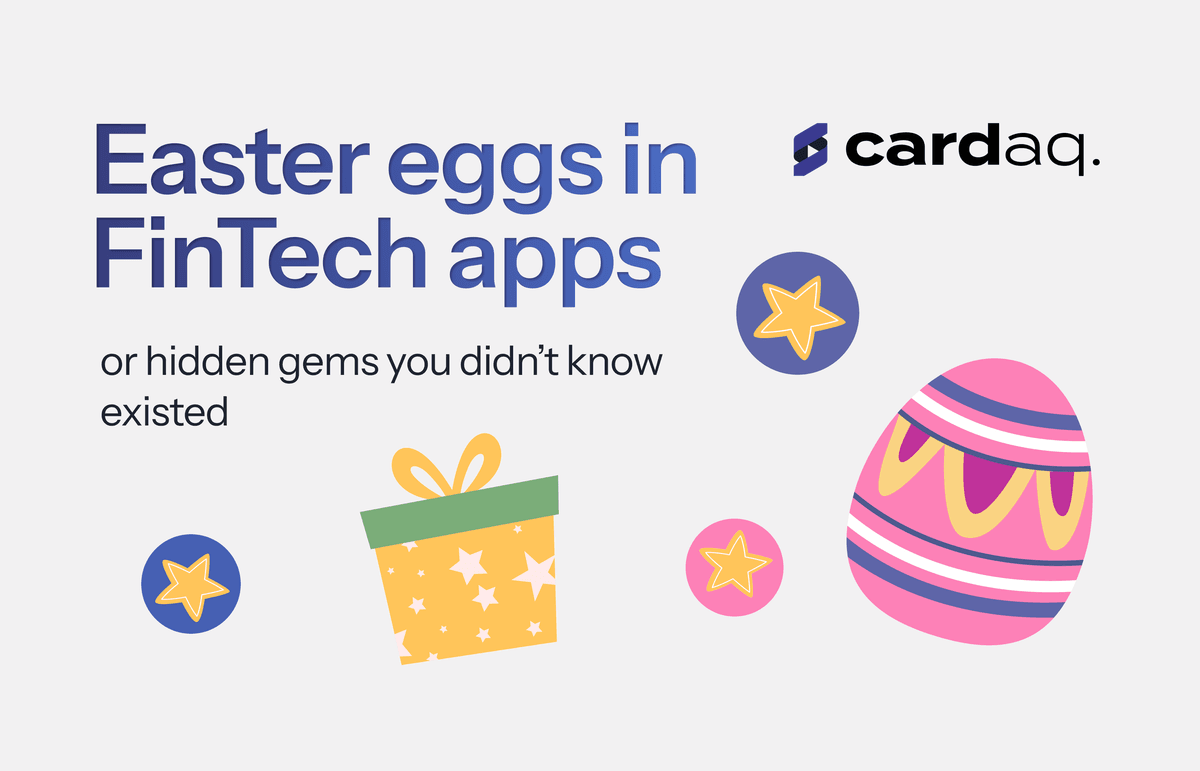FINTECH
May 29, 2025
5 min to read
- Copy link
- Share on X
What If Your Bank Was a Meme Page?
Banking memes may sound like an odd concept, after all funny bank content isn’t what stands out in our news feeds or our first thought when thinking about financial services, but this is the direction of travel. In recent years there has been a shift in banks trying to be relatable, with humour in banking social media increasingly becoming the norm. This is changing how people view and interact with their banks, as well as the banking sector in general.
A change in perceptions
Unconventional bank marketing is now the avenue of choice for a growing number of banks, largely because of how perceptions of the sector have changed. For a long time banks were trusted entities and staples of the UK high street and people had to trust them – these banks after all kept their money safe, lent them mortgages and supported them in numerous other crucial aspects of their financial lives.
This all changed with the financial crisis of 2008. Yes, there had been market crashes before but 2008 put banking firmly in the spotlight. Hefty government bailouts were made (funded by the taxpayer) and anger worsened when bad banking practices came to light, especially with how much senior bankers were making. Public trust in banks plummeted and it arguably hasn’t been the same since. Ten years after the crisis, 66% of Britons said they didn’t trust banks to work in the best interests of society with a similar number worried that banks would cause another crisis. More, 72%, wanted more severe penalties to be handed out to banks that had caused the crisis.
This is one of the reasons challenger banks have been so successful. As well as using technology in innovative ways to deliver better customer service through digital banking, these were a fresh break from the banks that had come before. Social media outreach was an important part of how these banks marketed themselves to a growing audience (we’ve covered this before in previous blogs) and traditional banks took notice.
Social media for banks
Social media and online banking has become even more crucial for these institutions because high street branches are vanishing at a rapid pace. The future of retail banking, as with many sectors, is online and this means banks have to communicate in this community if they want to seize back some market share and engage with a new generation of customers.
Simple demographic changes mean that reaching millennials on social media and reaching Gen Z on social media is the priority for these banks, as older users of traditional bricks and mortar banking services retire or pass away. New generations don’t attach the same value or sentimentality to bank brands such as HSBC, Barclays or Lloyds that older customers may have.
Additionally, these banks – though huge financial institutions – suffer from their success. They are not relatable, have tarnished reputations from the financial crisis (as well as other missteps…) and struggle to automatically justify their choice against more accessible, digital native challenger banks.
The intersection of finance and memes
Meme marketing for banks may sound unconventional but this is a very natural way to get people’s attention in a digital world where users face an abundance of distracting content. To get an idea of how much social media is influencing financial decisions, we only have to look back to January of 2021. At this time word spread throughout the DIY investor community in the US about struggling video game store chain GameStop with consensus it was undervalued. This largely took place on Reddit where momentum developed, spreading around social media via memes and soon the trading strategy to short GameStop shares went viral.
The result was astounding. Through this mobilisation of investors on social media, investors seized upon GameStop shares and forced its share price to soar to $500 – nearly 30 times its valuation of $17.25 per share at the start of the month. Furthermore, institutional investors in the stock lost billions. This entire episode highlighted the importance of memes, with such social media content able to effect decisions and mobile online financial activity.
Banks as meme accounts
Therefore, a growing number of banks are using memes to get through to new customers. Monzo, a challenger bank, recently ran a campaign using funny memes, cheeky social media posts and a chatty tone of voice. However, more established brands are also getting involved.
Nationwide has run a very popular campaign called ‘in your best interest’ that uses humour to take a swipe at traditional bank stereotypes and reposition itself as something different. This was both online and using TV spots, which demonstrates the heft banks can put behind such campaigns.
However, like anything, this has to be carefully done. Banks may be consciously seeking to rebrand themselves – and banking in general – to connect with new generations of customers, but the use of humour is a delicate one. Banks are ultimately important societal institutions, and their health is heavily tied to the health of the wider economy.
Given the cost of living crisis, and current fears of a recession, some consumers may want their banks to be more serious. Therefore, there is a delicate balance to be drawn between using witty finance posts and reassuring consumers that they are trusted and reliable financial service partners.
To get more insights from the Cardaq team as they’re published, sign up to a newsletter below:
Don’t miss out on fintech insights, company milestones, and expert tips












